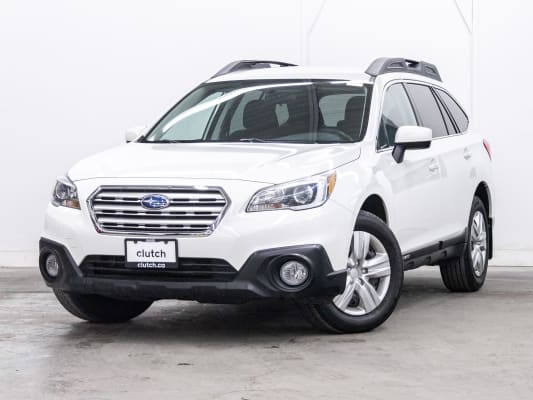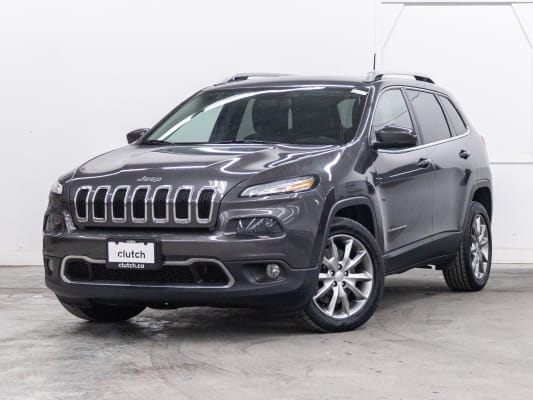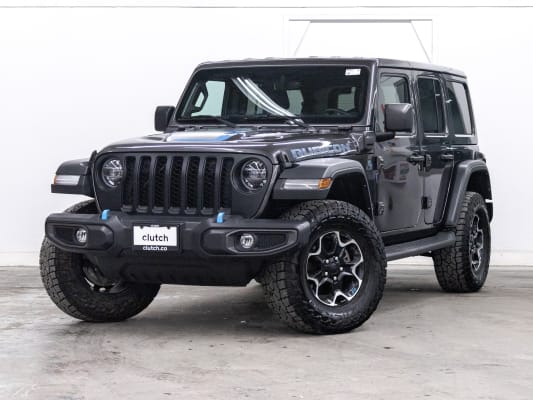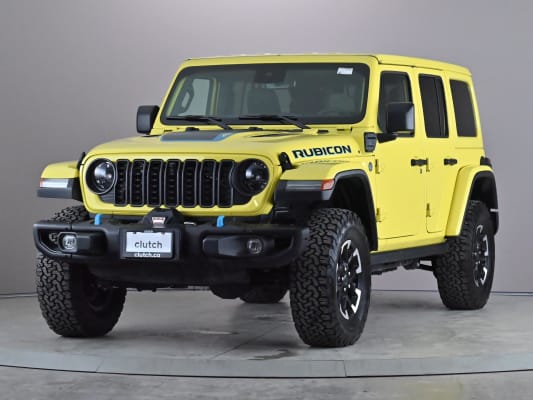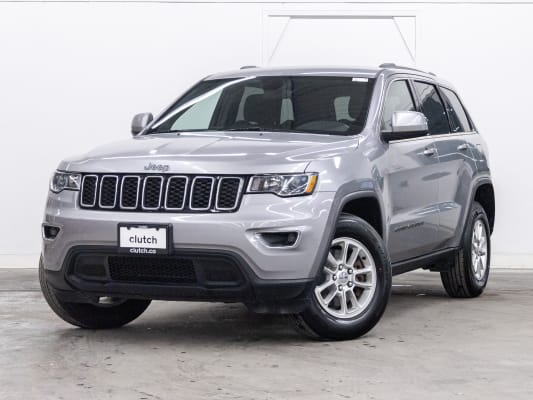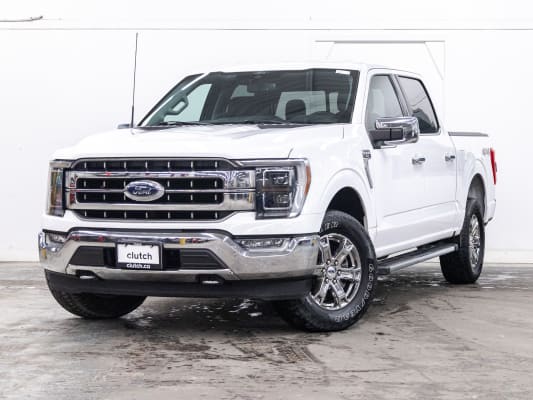Tires are one of the most important safety components on your vehicle. They handle thousands of high-speed revolutions as you drive and play a key role in cornering, braking, and maintaining traction in all kinds of weather. Even a small amount of water on the road can cause you to lose control if your tires aren’t up to par.
That’s why monitoring tire tread depth—and staying on top of tire maintenance—is so important. Tread depth refers to how deep the grooves are in your tire’s tread pattern, and it directly impacts your vehicle’s ability to grip in snow and to channel water away for better traction in wet conditions. The shallower those grooves get, the less effective your tires are at staying connected to the road.
Below, we’ll walk through how to check your tread depth and share practical tips to keep your tires in top shape for as long as possible.
Understanding the Sections of Tire Tread
Before you can correctly learn how to measure tire tread, you must first know the main sections of the tread. Your tire's tread has three main sections: the outer shoulder, contact patch, and inner shoulder. Deep grooves — called channels or tread grooves — span the tire's circumference and separate the tread.
The outer shoulder is the tire's outermost section and is outside the last channel. On the opposite edge of the outer shoulder is the inner shoulder.
The contact patch is the area between the two shoulders and is the tire's main contact point with the road. This is where the tread blocks are thickest and where you measure the tire tread depth.
How to Measure Tire Tread
Measuring your tire’s tread depth is a simple but essential part of staying safe on the road. Tread depth is measured from the base of the groove to the top of the tread on the contact patch—the part of the tire that touches the road. These grooves are designed to channel water, snow, and slush away from the contact area to maintain grip. If they become too shallow, your tires lose their ability to handle those conditions, increasing the risk of hydroplaning or losing control.
There are three easy ways to measure tread depth—some more precise than others:
Use the Built-In Tread Wear Indicators
Most tires have built-in tread wear indicator bars—small, raised sections running across the grooves. If the surrounding tread is flush with these bars, it means your tire has worn down to the minimum recommended level and should be replaced.
Use a Quarter
The nickel or quarter test is a simple way to check tread depth. Hold a quarter or nickel between your thumb and forefinger and place the coin inside the channel, with the top of the figurehead’s head facing the tire. If any portion of the tread covers the figurehead, your tire tread depth is OK. If the full figurehead is exposed, it's time for new tires.
Always check your tires in several places as they don't always wear evenly and could be low in some areas.

Use a Tire Tread Depth Gauge
For the most accurate reading, use a tread depth gauge. These are available at most auto parts stores for about $5 (manual) or $15 (digital). The tool has a narrow probe that fits into the groove and a scale or digital screen that displays the measurement.
To use it:
- Insert the probe into a groove between two tread blocks on the contact patch.
- Press the base of the gauge against the tread surface until it sits flush.
- Read the measurement on the scale or screen.
Repeat this process in a few different spots on each tire to check for uneven wear. A gauge allows you to compare your tire’s current depth to the legal minimum in your province and know exactly when it’s time to replace them.
Tread Depth Requirements
Canadian law requires a minimum 1.5 mm tread depth, but some provinces have even stricter requirements. The province-specific tread depth rules are as follows:
- Alberta: 0.32 cm above the tread wear indicator bars and no baldness on the adjacent tread
- British Columbia: Winter tires must have at least 3.5 mm of tread depth, but all-season tires and summer tires follow federal tire laws
- Manitoba: Tires must have at least 2.38 mm of tread, but the province recommends new tires when the tread reaches 4.75 mm
- New Brunswick: Follows federal tread depth laws
- Newfoundland and Labrador: Tread must be at least 1.5 mm deep
- Nova Scotia: Minimum tread depth is 3 mm, but no two adjacent tire tread wear indicators may contact the road
- Ontario: Minimum tread depth is 1.5 mm
- Prince Edward Island: Follows federal tire tread depth laws
- Quebec: Follows federal tire tread depth regulation, but it strongly recommends 4.8 mm or deeper tread
- Saskatchewan: Minimum tread depth is 1.6 mm
- Yukon: Tires designed for winter driving must have at least 4 mm of tread depth, but all other tires follow federal regulations

Expert Recommendations for Minimum Tread Depth
While the legal minimums are great, tire experts often note they aren't always the safest recommendations.
Large portions of Canada set the legal minimum tread depth at 1.6 mm. Tire Rack experts tested this minimum against 3.175 mm of tread. They found a vehicle with tires with 1.6 mm of tread required an extra 30.5 metres to stop from 112 km/h than the vehicle equipped with tires with 3.175 mm of tread.
For this reason, Tire Rack and many other automotive experts recommend new tires when your existing tires reach 3.175 mm of tread. Additionally, they recommend swapping out those snow tires at 3.96 mm.
To put this all in perspective, the average new tires have 7.94 to 8.73 mm of tread.
How to Find the Best-Wearing Tire for Your Budget
Many variables come into play when shopping for a tire, but much of the research is complete if you know what to look for.

Some shoppers follow the lead of the tire salesperson or service centre mechanic who generally wants to sell the most expensive set of tires they can. Without fully understanding how tires work, assuming the priciest tire will last the longest and is best for safe driving is easy. But this is only sometimes the case.
A lot more goes into tire pricing than longevity. Special compounds also make the tire quieter, puncture resistant, or more stable in corners and braking, but this doesn’t always translate to longevity.
If your main interest is a long-lasting tire, avoid falling for a tire salesperson directing you to the higher-priced tires. Instead, focus on the Uniform Tire Quality Grade (UTQG) stamped on the sidewall. The UTQG will be a three-digit code followed by two letters.
The three digits are the treadwear rating, and the two letters are the traction and temperature rating. The higher the three-digit number, the longer the manufacturer expects the tire tread to last.
There are no exact numbers the three-digit code translates to, but understanding its meaning is simple. When determining a treadwear rating, the base control tire has a 100 rating. The tire manufacturer estimates a 200 treadwear tire will last twice as long as that control tire, a 400 will last four times as long, and so on.
So, a premium $150 tire may have only a 300 treadwear rating but many other attractive features that increase the price. However, there could also be a $70 tire next to it with fewer features but a 700 treadwear rating. If your focus is longevity, it's clear which is the right tire for you — although that $150 tire likely has benefits the $70 doesn’t.
Manufacturers estimate the treadwear rating by driving 11,520 km on a 640-km track. They stop every 1,280 km to check the remaining tread. They then use these measurements to determine the projected treadwear ratings.

How to Maximize Tire Life
While some tire wear is inevitable, there are a few key things you can do to help your tires last as long as possible. Assuming your vehicle is in good mechanical condition and properly aligned, these simple habits can make a big difference in extending tire life and saving money in the long run.
Keep the Correct Tire Pressure
Maintaining proper tire pressure is one of the easiest and most effective ways to extend the life of your tires. Check your tire pressure at least once a month—or every time you fuel up—and compare it to the recommended pressure listed on the placard inside your driver-side door frame.
- Overinflated tires can wear more quickly down the centre.
- Underinflated tires tend to wear on the outer edges and can hurt fuel efficiency.
Avoid inflating your tires to the maximum PSI listed on the sidewall—always go by the manufacturer’s recommendation on the placard.
Most modern vehicles have a Tire Pressure Monitoring System (TPMS), which will alert you if one or more tires are low. These systems are helpful, but not always perfectly accurate, so it’s still a good idea to use a pressure gauge for regular checks.
Always check tire pressure when the tires are cold—either before driving or after the vehicle has been parked for several hours.

Adjust to the Driving Conditions
Harsh driving habits and poor road conditions can wear down tires much faster. Accelerating hard, braking aggressively, or cornering at high speeds can cause uneven wear and create excessive heat. Slippery conditions like rain or snow can also cause wheel slip and accelerate tire wear.
Drive smoothly and cautiously, especially in poor weather, to help preserve your tires and improve overall safety.
Get Frequent Tire Rotation and Alignments
Most vehicles don’t place weight evenly across the entire tire surface, and front and rear tires wear differently based on driving dynamics. That’s why rotating your tires at regular intervals—typically every 8,000 to 10,000 km—is so important.
Rotating the tires changes their position on the vehicle, helping them wear more evenly over time.
You should also have your wheel alignment checked periodically, especially if you notice uneven tread wear, your vehicle pulling to one side, or vibration in the steering wheel. A proper alignment ensures your tires are angled correctly and in full contact with the road—improving both performance and longevity.
Quality Vehicles With Quality Tires at Clutch

Tires are far and away one of the most critical parts of automotive safety, so it’s important to maintain them properly. This maintenance goes beyond just rotating them and keeping the pressure within specifications. You must also monitor your tread depth to ensure there is enough to provide you with the traction you need.
Fortunately, there are several ways to measure tire tread, and some require no tools. All you need is good vision and maybe a coin. However, if you want to be 100% certain you’re legal and safe, shelling out $5-$15 for a tread depth gauge will help.
All our preowned vehicles at Clutch have been through a 210-point inspection, including the tires. Any tires with less than 4mm of tread depth are replaced with quality new tires, giving you peace of mind.
Plus, all vehicles purchased online come with the option of a 10-day money-back guarantee that allows you to return the vehicle for a full refund within 10 days of receiving it. Beyond that, all Clutch vehicles have an optional 3-month or 6,000-km limited warranty.
Finally, our car-buying experience is 100% online and free from any high-pressure sales tactics of most used car dealerships. Check out our range of available vehicles and shop from the convenience of your home.


.avif)



.avif)
_Blog_Thumbnail.png)








































